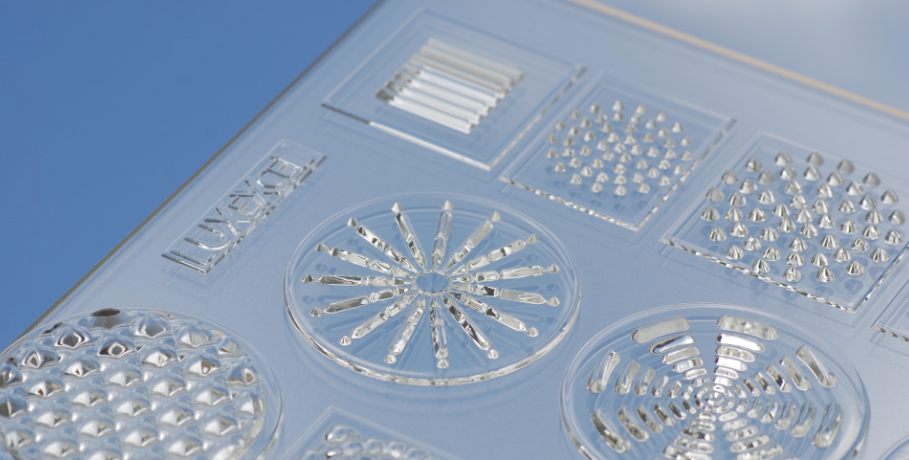With their patented Printoptical Technology, LUXeXceL, based in the Netherlands, serves as a prime example of how 3D printing is transforming specific industries, allowing them to completely change the way lighting systems are designed and then made. Offering greater capability to lighting designers around the world, as well as affording those in the LED industry much more latitude in customization and manufacturing, LUXeXceL is a company that we’ve been following for quite some time as they have not only evolved–but have allowed their customer base to evolve and excel further in the optics industry.
Together, LUXeXceL and OPTIS will provide a combination of software and 3D printing that allows users to virtually design a lens in the OPTIS CAD software, and then 3D print their design with LUXeXceL’s Printoptical Technology.
“With the integration of the LUXeXceL material in the OPTIS Library you can design your file with our material properties included. This will significantly speed up your design–and prototyping–process,” said Peter Paul Cornelissen, Head of Marketing and Online Business Development at LUXeXceL. “Our online service has three easy steps: design, upload and receive your product. After the customer designs his lens or light guide, he uploads and orders it online on the customer portal. We check the design, print it and ship it to the customer within 5 working days. With this digital process we will change a 3000 years old analogue industry and make it future proof.”
https://youtu.be/ButmL9_XBMc
OPTIS maintains an online material library, which will now also integrate the LUXeXceL material so that it can be downloaded and used for virtual simulation. There, the OPTIS team points out:
“It’s simple: after you create your lens or light guide and verify designs directly within your CAD platform, just upload your CAD file to this portal to order the 3D printed prototype. The LUXeXceL 3D printing service opens up new possibilities to create customized and fully optimized optics for your project. After your online file upload, LUXeXceL checks the design, prints it, then sends it back to you; all in five working days.”
The connection between these two companies is going to offer users all the substantial benefits that occur with 3D printing. They have the opportunity to customize products, better support the development process–and speed it up as well–along with experiencing affordability while avoiding large investments initially.
Designs can be adapted exactly to project requirements, and both virtual and real prototyping is more streamlined. Not only that, prototypes can be tested and verified immediately. As was traditionally part of the process, there is now no waiting for a prototype or proof of concept, thanks to digital design and 3D printing.
“With our software and the additive manufacturing technique of Luxexcel you can speed up this process and reduce your costs significantly,” says Jacques Delacour, OPTIS founder and CEO. “When you design a part, you want to see it, test it, and if needed you want to iterate it. The actual prototype offers this possibility.”
“I’m excited about this new collaboration,” adds Delacour. “Our users definitely need ways to ease their design phases. This partnership is a step forward towards the creation of always better and safer automotive designs, which includes more and more lit material.”
As the only company capable of 3D printing functional optics joins forces with the leading software vendor in the world for simulating light, vision, and physically correct visualization, users and engineers within the optics industry can look forward to having their jobs made much easier on a daily basis, leaving more quality time for inspiration–and invention.
